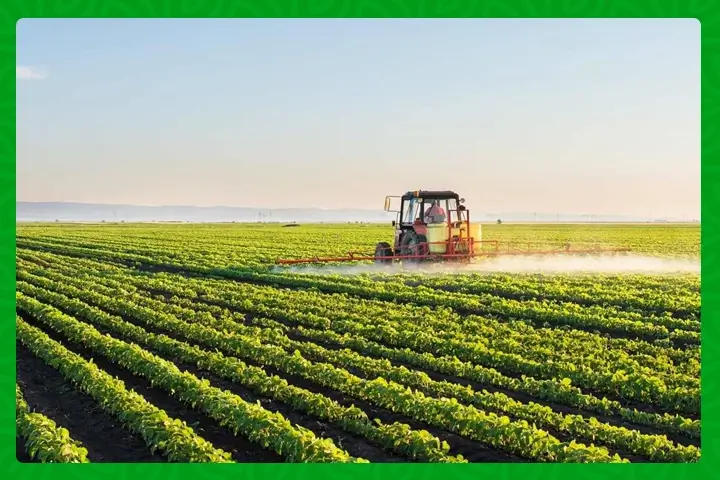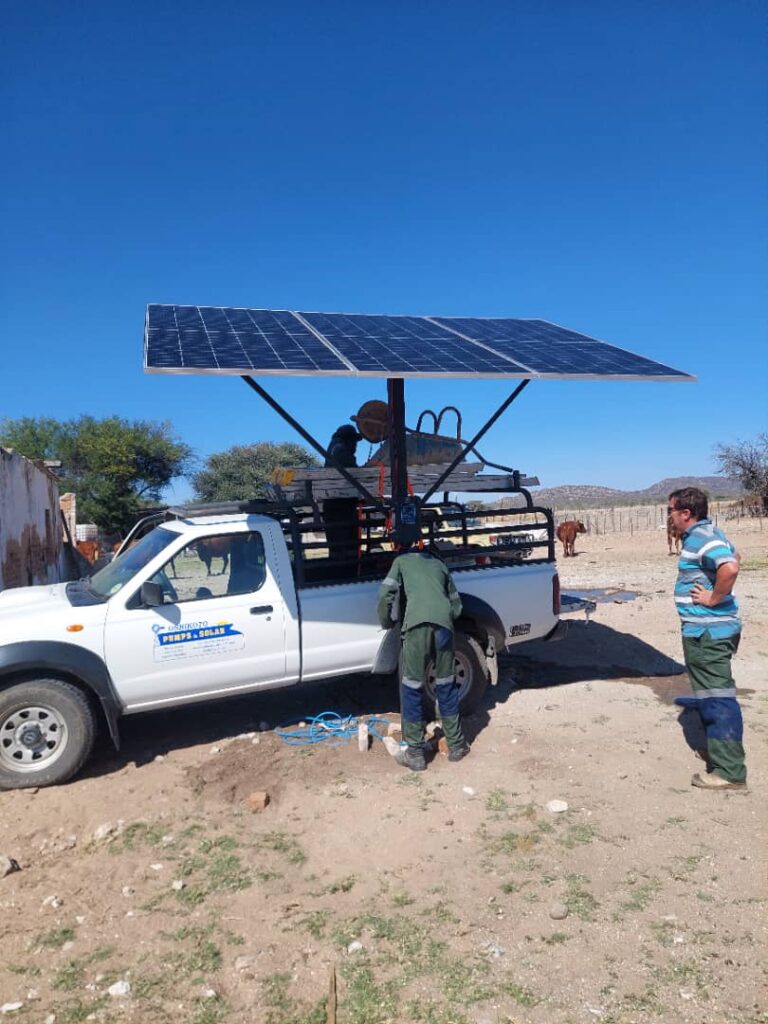
As winter approaches in the Southern African regions of Zambia, Zimbabwe, Namibia, and Botswana, farmers face the critical task of preparing their land and selecting the best crops to plant. Proper winter preparation not only ensures a bountiful harvest but also enhances soil health and conserves resources. In this detailed guide, we’ll explore effective winter preparation strategies and recommend the best crops for winter planting in these regions, using realistic examples to illustrate best practices.
Understanding the Climate
The winter season in Zambia, Zimbabwe, Namibia, and Botswana typically spans from May to August. During this period, temperatures can drop significantly, and in some areas, frost may occur. Despite the cooler temperatures, the winter season offers unique opportunities for planting certain crops that thrive in milder conditions.
Winter Preparation Strategies
Soil Testing and Conditioning
Before planting, it is essential for farmers to conduct comprehensive soil tests to determine pH levels and nutrient deficiencies. This step is crucial as it informs them about the specific amendments needed to create optimal growing conditions.
- Example: A farmer in Livingstone, Zambia, may discover that their soil is too acidic. To address this, they can add lime to balance the pH levels. Furthermore, incorporating organic compost will help replenish essential nutrients, improving soil fertility and structure.
Irrigation Management
Effective irrigation management is vital, especially in regions with limited water resources. Ensuring that irrigation systems are in optimal condition can significantly impact crop health and yield.
- Example: In the arid regions of Namibia, like the Kunene area, a farmer should ensure their irrigation system is functioning efficiently. Implementing a drip irrigation system can conserve water while providing consistent moisture to the crops, which is crucial for their growth during the dry winter months.
Pest and Disease Control
Preventative measures against pests and diseases can save crops from significant damage. Integrated Pest Management (IPM) practices offer sustainable solutions for maintaining healthy crops.
- Example: A farmer in Mashonaland, Zimbabwe, might use neem oil sprays to control aphids, a common pest during the winter season. Additionally, implementing crop rotation can help minimize the risk of soil-borne diseases, ensuring healthier crops.
Cover Cropping
Planting cover crops during the winter months can protect the soil from erosion, improve soil structure, and enhance nitrogen levels.
- Example: In Botswana’s Kalahari region, a farmer might plant cover crops such as clover or rye. These cover crops provide ground cover that prevents soil erosion, improve organic matter content, and fix nitrogen in the soil, benefiting subsequent crops.
Best Crops to Plant in Winter
Cabbage
Cabbage is a hardy crop that thrives in cooler temperatures, making it an excellent choice for winter planting.
- Example: In Kabwe, Zambia, a farmer can plant cabbage in well-drained soil, ensuring regular watering. Varieties like ‘Glory of Enkhuizen’ are well-suited for winter growth, maturing in about 75-90 days. Cabbage can be a reliable crop, providing consistent yields even in cooler conditions.
Carrots
Carrots are another crop that performs well in winter, benefiting from the cooler temperatures which enhance their sweetness.
- Example: A farmer in Matabeleland, Zimbabwe, can sow carrot seeds directly into the soil. Using deep, sandy loam soils and ensuring adequate thinning will result in robust, flavorful carrots by early spring. The cooler weather prevents the roots from becoming too fibrous, ensuring a tender and sweet crop.
Spinach
Spinach is a fast-growing leafy green that can tolerate frost, making it ideal for winter cultivation.
- Example: In Windhoek, Namibia, a farmer can grow spinach in raised beds to improve drainage. Regular harvesting of outer leaves encourages continuous growth and provides a steady supply of greens throughout winter. Spinach’s resilience to cold temperatures makes it a staple for winter farming.
Garlic
Garlic requires a long growing season and is well-suited for winter planting as it can endure cold weather.
- Example: A farmer in Gaborone, Botswana, can plant garlic cloves in well-drained soil with full sun exposure. Planting in mid-winter ensures that bulbs will mature by late spring to early summer. Garlic’s long growth period and low maintenance make it an excellent choice for winter planting.
Beetroot
Beetroot is a versatile crop that grows well in cooler climates and offers the benefit of both edible roots and greens.
- Example: In Lusaka, Zambia, a farmer can plant beetroot in soil rich in organic matter. Regular watering and thinning ensure that the beetroots grow large and flavorful. Beetroot’s dual-purpose use, both for its roots and greens, makes it a valuable addition to the winter garden.
Improving Yield in Mashonaland, Zimbabwe
A farmer in Mashonaland utilized soil testing to amend their soil before planting winter cabbage and carrots. By incorporating organic compost and using a drip irrigation system, they saw a 30% increase in yield compared to previous years. Their successful integration of cover cropping with rye also improved soil fertility, setting up a productive cycle for the next planting season.
Sustainable Farming in Windhoek, Namibia
A farmer from Windhoek adopted sustainable irrigation techniques by installing a solar-powered drip irrigation system for their spinach and garlic crops. Despite the arid conditions, their efficient water management led to a significant reduction in water usage while maintaining high crop productivity. This method serves as an exemplary model for farmers in similar climates, showcasing the benefits of sustainable practices.

Winter preparation and strategic crop selection are vital for farmers in Zambia, Zimbabwe, Namibia, and Botswana. By adopting these best practices and choosing crops well-suited to the winter climate, farmers can ensure robust and healthy harvests. As these regions face unique agricultural challenges, the shared knowledge and successful examples provide valuable insights to optimize farming practices and promote sustainability. Prepare well, plant smart, and reap the benefits of a productive winter season.


















